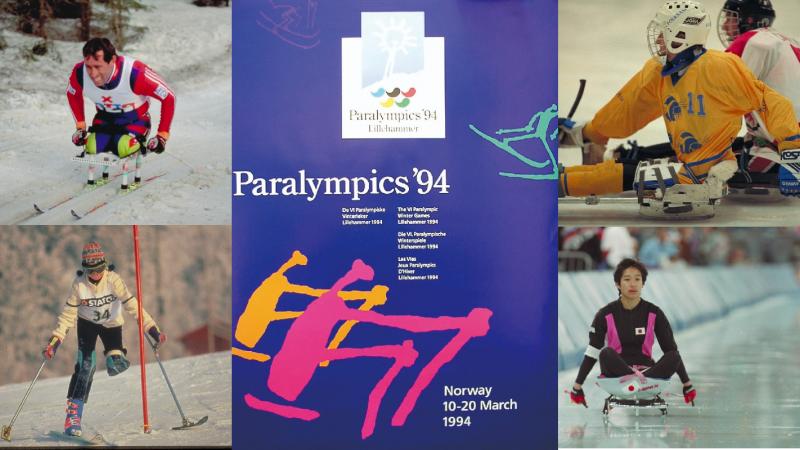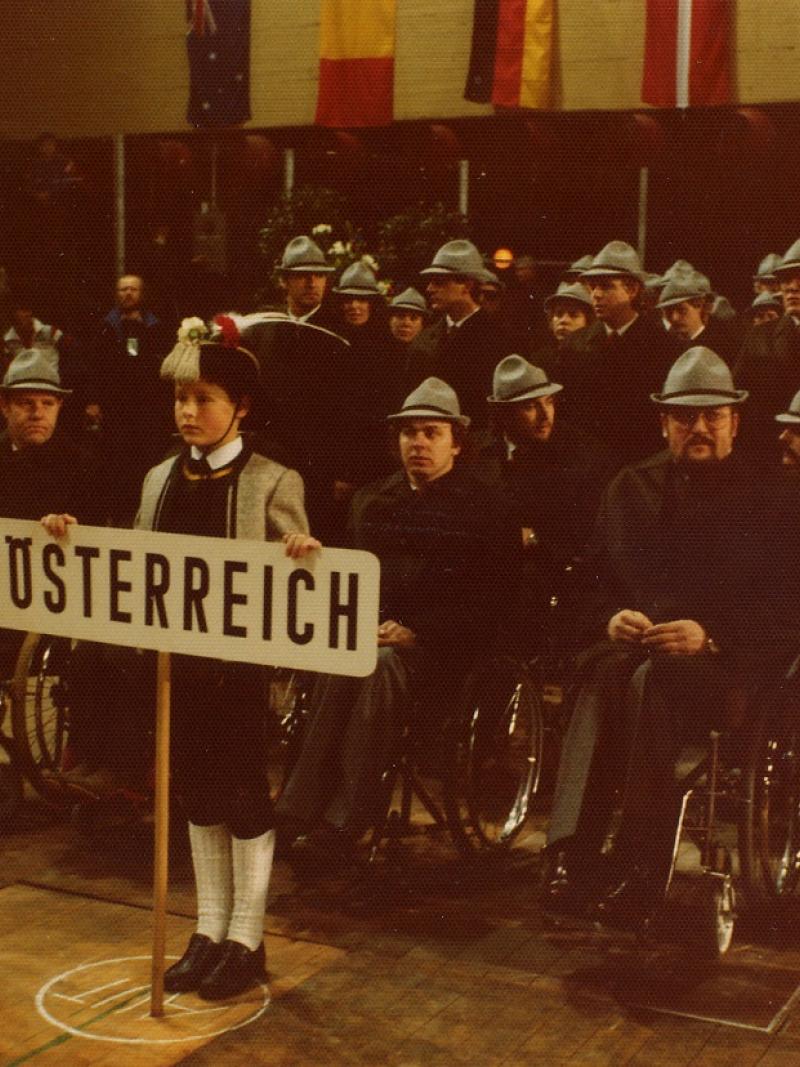Down memory lane: The Games of Change — 1992 and 1994 Winter Games
In the 1994 Games, Norway's Ragnhild Myklebust emerged as the most outstanding athlete with five gold, two silver and two bronze 25 Feb 2022The fifth and sixth editions of the Paralympic Winter Games were the years of change when the event underwent some tribulations and transformed into a precursor of the modern version of the Games.
The first big change in 1992 was the final integration between Winter Olympics and Paralympics whereby both the Games were to be held in the same city and at the same venues. Tignes and Albertville, France, played host to both mega events.
Though this change of hosting Olympic and Paralympic at the same venue was to start with the previous edition at Calgary, Canada in 1988, it could not materialise, and thus Innsbruck, Austria hosted the Games for the second time in a row.
1992 WINTER GAMES - TIGNES-ALBERTVILLE, FRANCE
The Tignes-Albertville 1992 Games were held from 25 March - 2 April and in all, 365 Para athletes - 228 men and 77 women from 24 countries competed for 79 medal events across two sports.
However, due to a lack of entries and suitable venues to hold the ice sports, competitions were held only in Alpine and Nordic Skiing (Biathlon and Cross-country Skiing). For the first time, demonstration events in Alpine and Nordic Skiing were held for athletes with intellectual impairment and in Para Biathlon for those with vision impairments.
The official mascot of the 1992 Games was Alpy, which was designed by Vincent Thlebaut and represented the summit of the Grande Motte mountain in Tignes. Alpy was shown on a mono-ski to demonstrate its athleticism and the colours of white, green and blue were used to represent purity/snow, hope/nature and discipline/the lake.
The Games were officially declared open on 25 March by French President Francois Mitterand. The Opening Ceremony was held in front of the finish area for the Alpine Skiing events. The Paralympic flame was lit by Luc Sabatier and the athlete’s oath was taken by Ludovic Rey Robert.
The United States of America topped the medals table with 45 medals including 20 gold. Germany finished second with 38 medals (12 gold).
Germany's Reinhild Moeller was the most successful participant of the 1992 Games, winning four gold medals in women's Slalom LW3,4,9; in women's Giant Slalom LW3,4,9, women's Downhill LW3,4,9, and women's Super G LW3,4,9.
Moeller, the outstanding Para athlete of her time, bagged 23 medals in all, across Summer and Winter Games participating in Skiing and Para Athletics from Geilo 1980 to Torino 2006 where she won silver.
Fellow Germans Gerd Schoenfelder (Alpine Skiing) and Frank Hoefle (Biathlon and Cross-Country Skiing) each won three gold.
The USA's Nancy Gustafson also bagged three gold as she helped America end as the most successful nation in these Games with 45 medals, including 20 gold, 16 silver and nine bronze.
1994 WINTER GAMES - LILLEHAMMER, NORWAY
The 1994 edition brought about another big change in the Paralympic Winter Games as the event was organised after a gap of two years to move it in the even year between two Summer Paralympic Games. The change corresponded with a similar change in the Winter Olympic Games, thus continuing with the agreement that facilitated the use of the same venues for both the events. This was also the first Games to be organised by the International Paralympic Committee (IPC).
Lillehammer, Norway hosted the 1994 Paralympic Winter Games from 10-19 March.
The Games attracted 469 participants (379 men and 90 women) from 31 countries, who competed in 133 medal events across five sports.
Competitions were held in Para Alpine Skiing, Para Biathlon, Para Cross-Country Skiing, Ice Sledge Racing, and Ice Sledge Hockey making its debut.
For the Games hosted by Norway for the second time, Sandre the Troll was chosen as the mascot. Based on the trolls depicted in Scandinavian folklore, the one-legged skiing troll was created by Janne Solem in a nationwide competition among schools and was named after Sandra Norheim, one of the pioneers of modern skiing.
The Opening Ceremony, organised after a six-day torch relay through 10 different cities of Norway, was held on 10 March and the delegations were officially welcomed to Norway by Queen Sonja. The Paralympic flame was lit by Helge Bjornstad and the athlete’s oath was taken by Cato Zahl Pedersen.
Hosts Norway capitalised on home advantage to top the medal table with 64 medals - 29 gold, 22 silver and 13 bronze. Germany also finished with 64 medals but was classified second as they had fewer gold - 25. They bagged 21 silver and 18 bronze medals.
Ragnhild Myklebust was the most outstanding athlete at these Games with five gold, two silver and two bronze medals in Biathlon, Cross-Country Skiing and Ice Sledge Racing. One of the greatest Para athletes to grace the Games, the Norwegian legend, who was struck by polio at the age of two, is the most successful athlete in Paralympic Winter Games winning 27 medals, of which 22 are gold in Biathlon, Cross-Country Skiing and Ice Sledge Racing from 1988 to 2002 Winter Paralympic Games, retiring at the age of 58.
The 1994 Games were quite successful as they attracted better participants from two years ago in 1992 and thus the growth of the Paralympic Winter Games continued.








